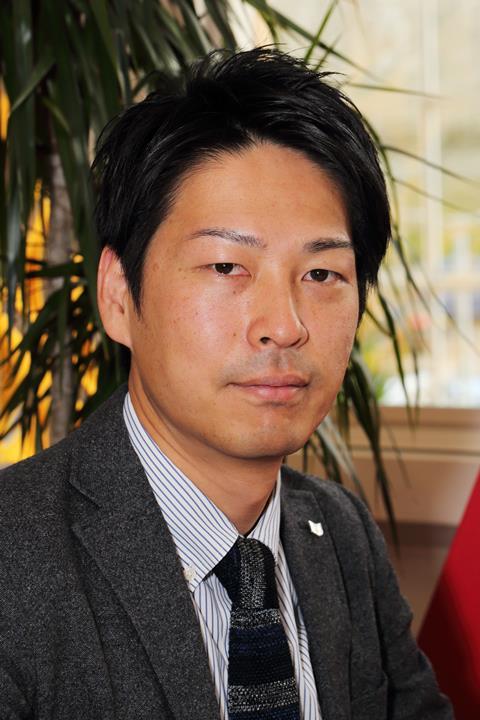Ryuhei Kamata reflects on the changes the film and broadcast industry has had to face in the wake of the new normal.

This year has been unprecedented, presenting challenges for many individuals and industries. For film and broadcast, COVID-19 had an overnight effect – with analysts estimating global losses of $14.2 billion for the first half of the year as a result of the pandemic.
Postponed productions, job losses and COVID-safe, filming regulations are just some of the perplexities the industry continues to face and adapt to in this ‘new world’. Despite these challenges, the demand for immersive, quality content continues to rise. Lockdown created a surge in consumption - according to Ofcom adults in the UK spent nearly 45 hours a week watching TV and online video during this period.
These changes and digital demands put traditional resource within the industry under strain, presenting new creative challenges. To survive, production companies need to tackle everything from reduced crew sizes and budget cuts, to shoot locations and social distancing.
Video Hands on with the Canon C300 MKIII
Earlier this year, many productions were at a standstill. Since then strict guidelines have come into force from industry associations, including COBA and Pact. To comply with social distancing measures, crews are being cut down which naturally has a knock-on-effect, impacting the choice of equipment on shoot.
Filmmakers need to have confidence in their kit – whether on set, or location, it needs to be multi-faceted and versatile, offering creative options and agility for the crew. Since lockdown one of our Canon users, filmmaker Ollie Kenchington, has required small, powerful cameras with great stabilisation technology, such as the EOS C300 Mark III – as a solo shooter, he needs to use the kit handheld and move around more freely, whilst still upholding the quality standards expected.
Flexible technology solutions are more important than ever, ensuring output remains creative, immersive and high-quality.
During the pandemic streaming services have boomed. Netflix saw 16 million new users sign up during the first quarter of lockdown, whilst Disney+ topped 50 million subscribers.
With ever-growing digital demands, manufacturers like Canon need to be one step ahead, providing quality kit that’s versatile. Professionals need tools to push creative boundaries and tell stories in innovative ways, whatever the scenario.
From documentaries to children’s films, whilst the demand for engaging content is there, the industry needs to keep up with supply. Canon’s kit does just that.
What the future of filmmaking and broadcast looks like is unknown - as an industry, we’re going through a period of constant change and uncertainty. We’d like to chat to you about our exciting developments and what’s next for us all, on Canon Vision – a new platform that reproduces the trade show environment virtually. Launching 14:00 CEST, 24th September, visitors will hear from technology specialists and industry-leading professionals.
We’ll also be streaming short film screenings, as well as six live Q&As with imaging professionals - discussing everything from the challenges they face and trends in video journalism, to how full frame influences cinematography and the world of post-production.
To join us on our Canon Vision platform on September 24th and 25th and learn more about the programme of events, please register at https://www.canon-europe.com/pro/events/canon-vision
Ryuhei Kamata is European Product Marketing Manager at Canon Europe






























No comments yet